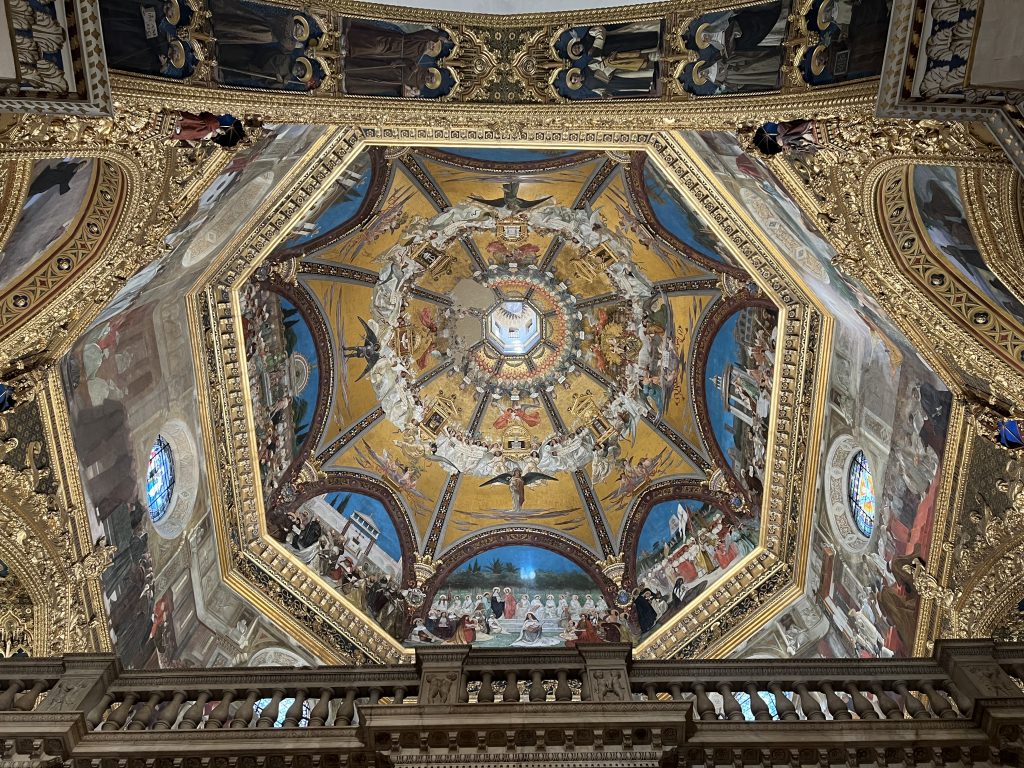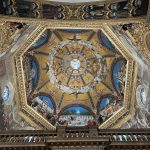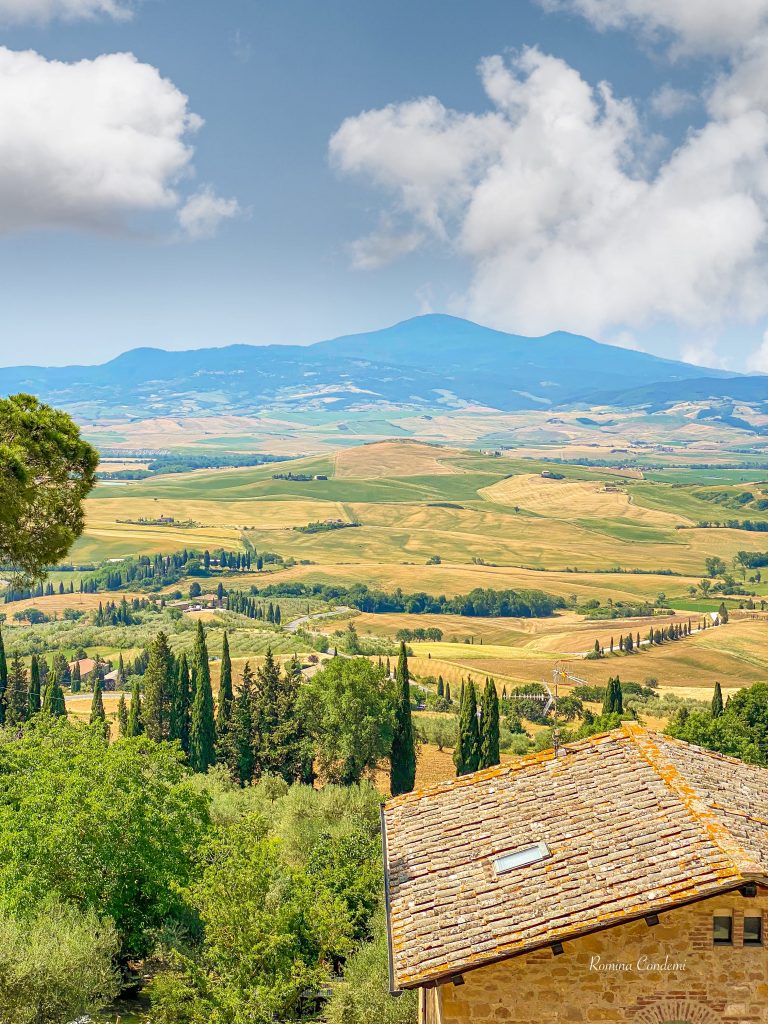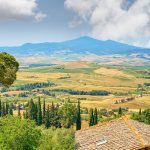ON THE BORDERS BETWEEN ROMAGNA AND MARCHE TO DISCOVER MEDIEVAL VILLAGES AND GOOD FOOD
Le splendide colline – Montecerignone
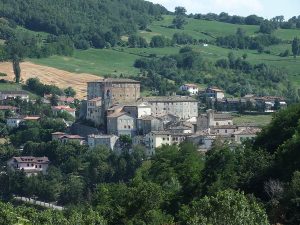
If you search on Google Montecerignone you will not find a lot of information. It is actually a very small medieval village that stands on a tuff ridge in the upper Val Conca in the Marche region on the border with Romagna. It stands on a hill at over 500 meters above sea level and around the town you can find various panoramic points that offer fabulous and infinite views ranging from the beginnings of the Apennines to the sea.
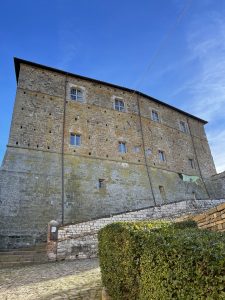
The village is worth a visit for the small paved alleys that lead uphill to the ancient fortress built in the twelfth century by the first counts of Montefeltro and rebuilt by Francesco di Giorgio Martini three centuries later. The castle is in excellent condition and can be visited and now houses the municipal seat.
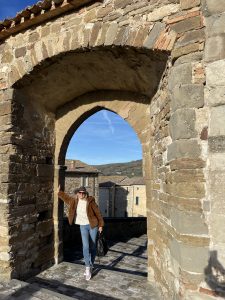
Although the town is really small, there are two really noteworthy churches The Church of Santa Caterina built by the Knights of Malta and the Church of Santa Maria del Soccorso with medieval works of great value inside.
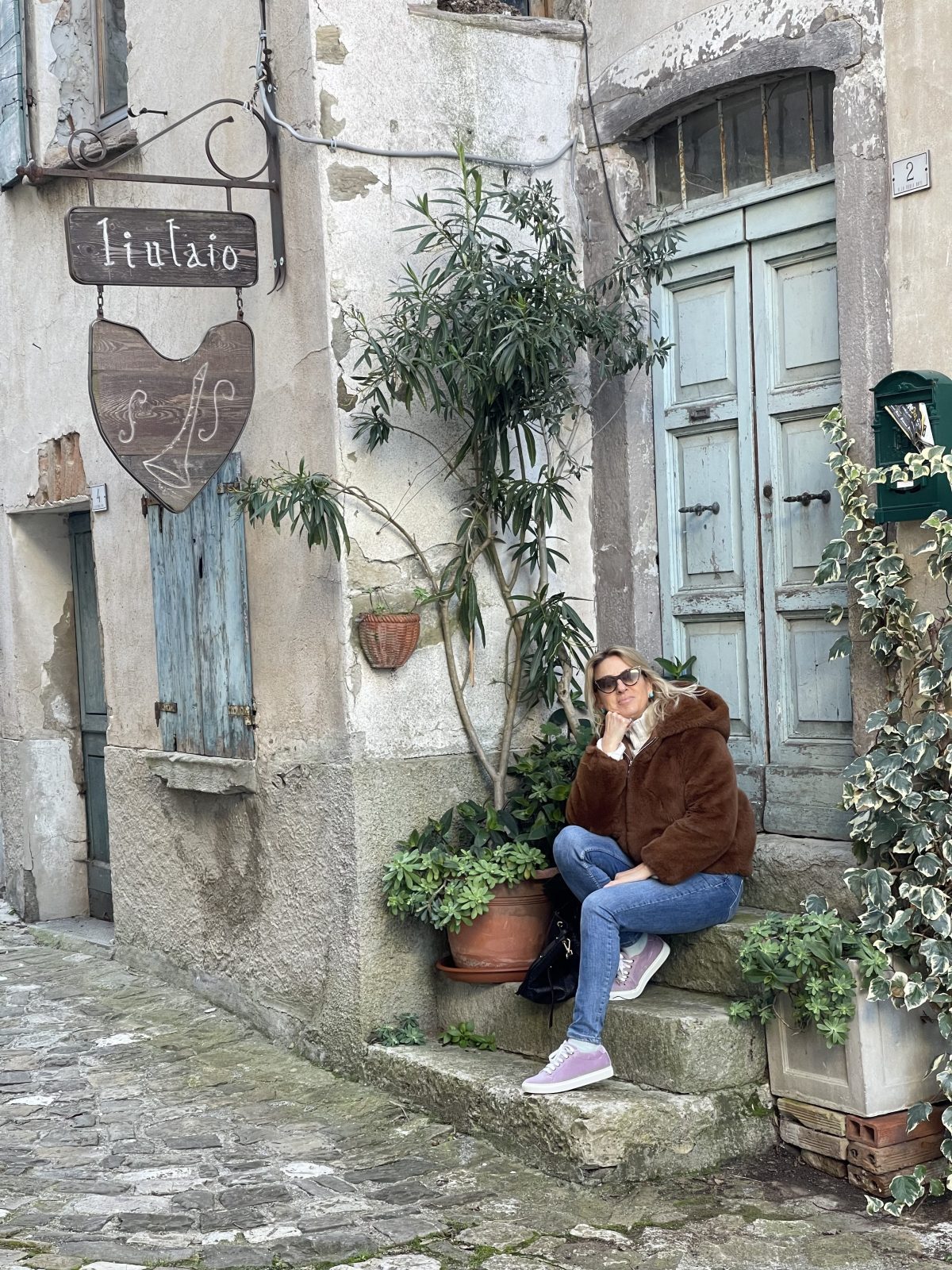
Bottega del liutaio
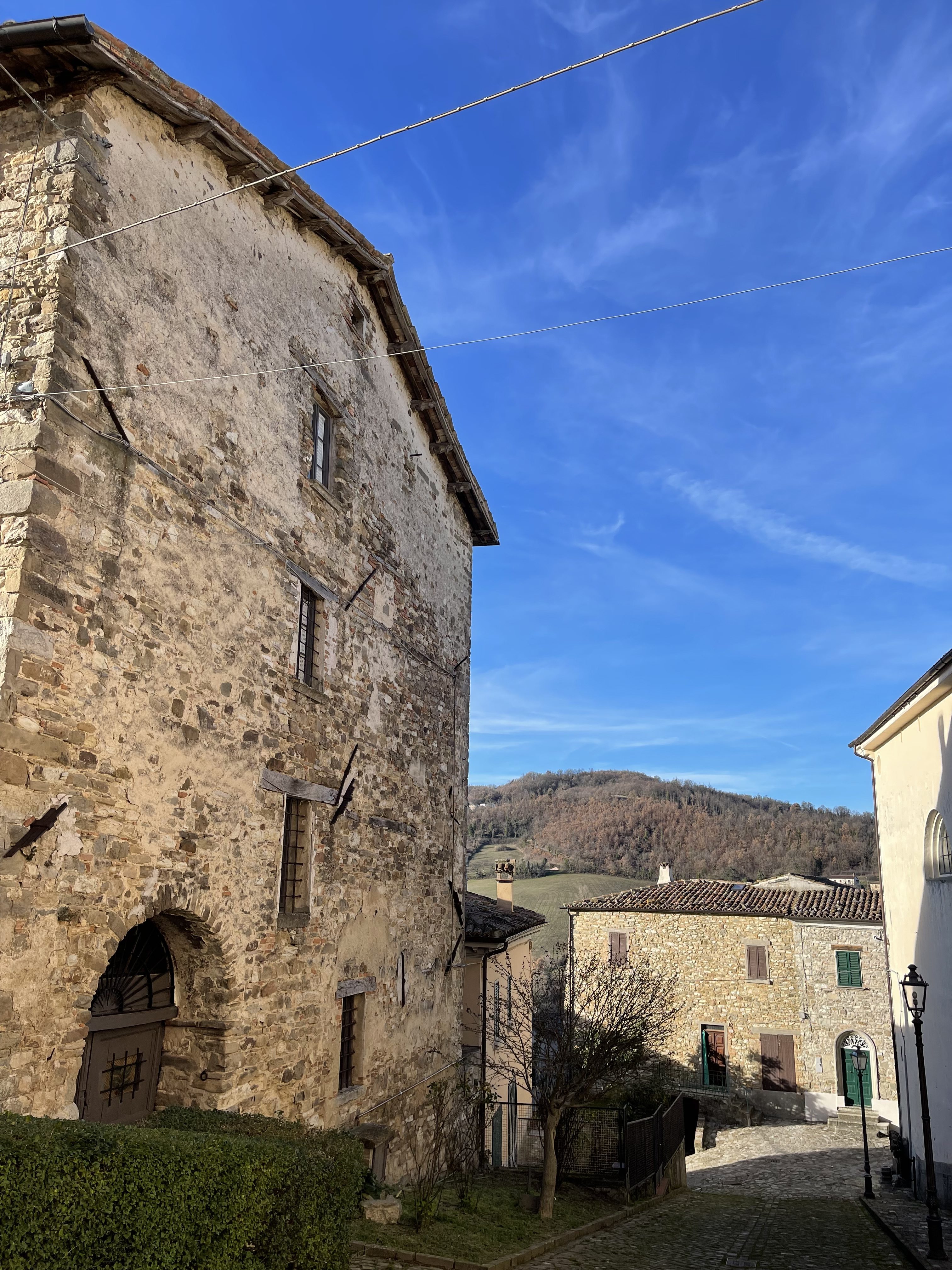
Le stradine del borgo
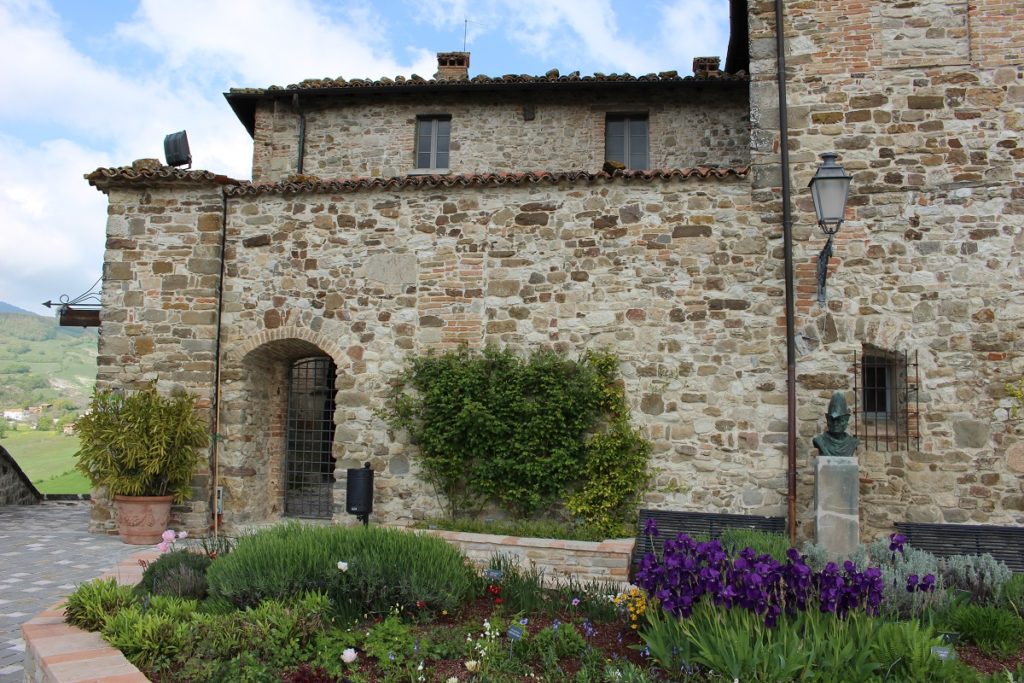
Giardino Pensile della Rocca
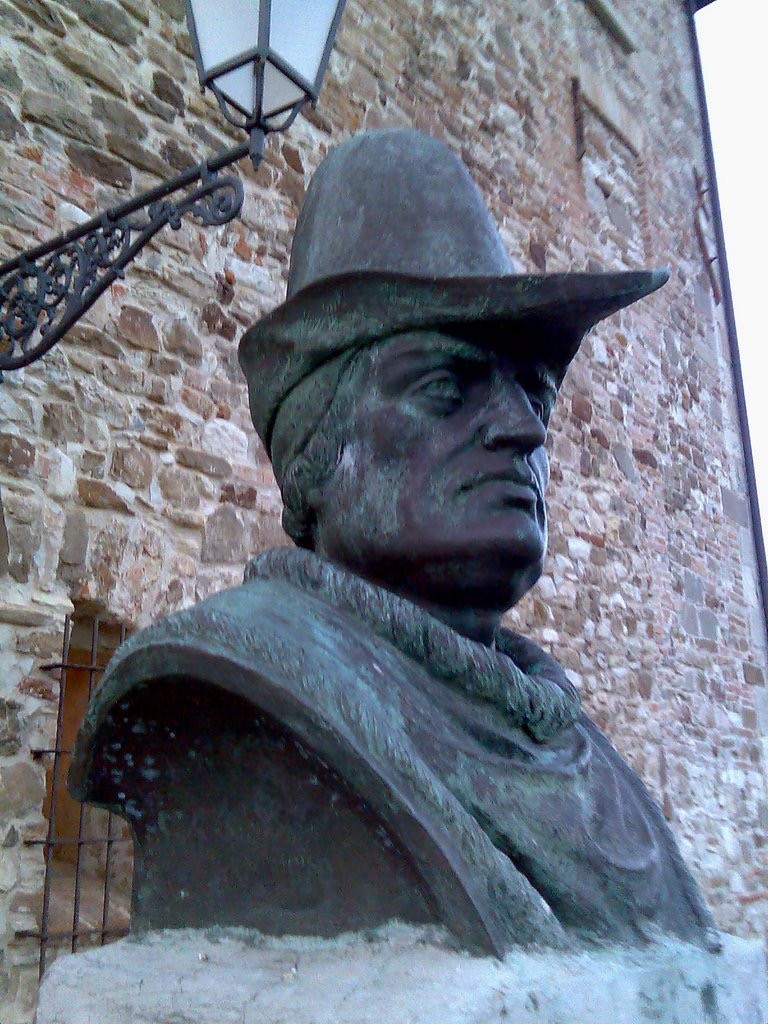
Busto del Conte Uguccione

Rievocazione Mons Cerignonis
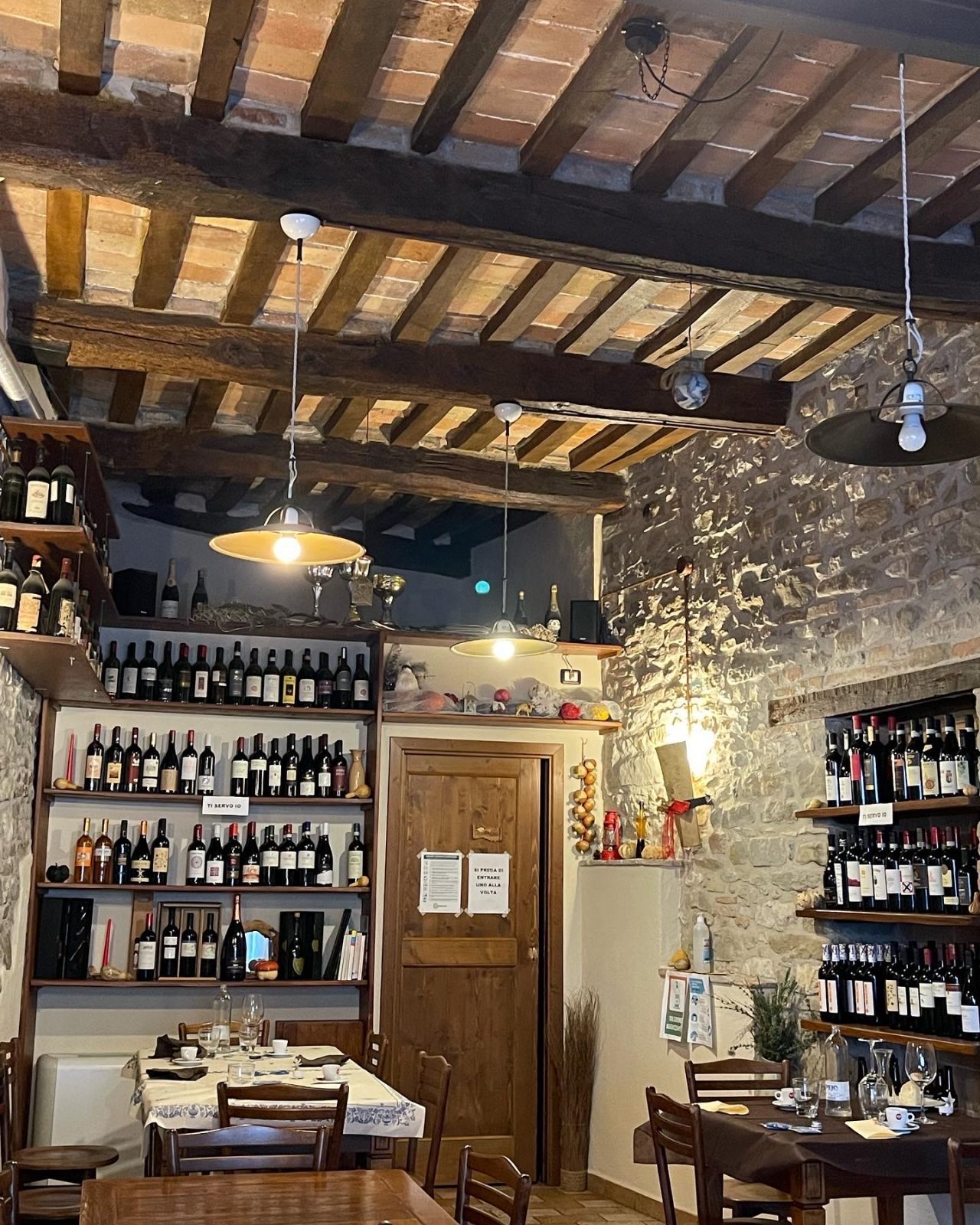
Osteria Clementina

